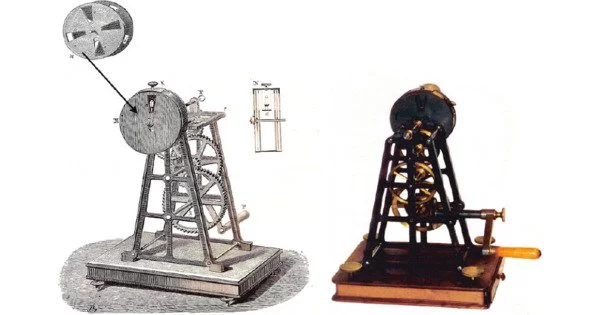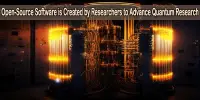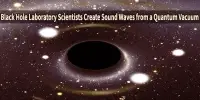A phosphoroscope is a piece of experimental equipment invented by physicist A. E. Becquerel in 1857 to measure how long it takes a phosphorescent material to stop glowing after being excited. It is made up of two rotating disks that have holes in them. The holes on each disk are spaced at equal angular intervals and a constant distance from the center, but they do not align with the holes on the other.
A phosphoroscope is a scientific tool used to investigate the properties and behavior of phosphorescent materials. Its primary application is to determine the duration and intensity of phosphorescent emissions. Phosphorescence is a type of luminescence that occurs when certain substances are exposed to an external source of energy, such as light or heat.
A phosphoroscope’s basic setup typically consists of a darkened chamber or box with a small window or aperture through which the phosphorescent material can be seen. A controlled source of excitation energy, such as a lamp or electron beam, is present inside the chamber and stimulates the phosphorescent material. While the surrounding environment is dark, the observer can see the phosphorescent emission through the window.
A phosphorescent material sample is sandwiched between the two disks. Light entering through a hole in one of the discs excites the phosphorescent material, causing it to emit light for a brief period of time. The disks are then rotated and by changing their speed, the length of time the material glows can be determined.
Phosphoroscopes are outfitted with a variety of measurement devices and instruments that are used to quantify the properties of phosphorescent emission. Detectors, such as photomultiplier tubes or photodiodes, may be used to measure the intensity of the emitted light. Timers or oscilloscopes can also be used to determine the duration and decay characteristics of the phosphorescence.
Phosphoroscopes have been used in a variety of disciplines, including physics, chemistry, materials science, and biology. They have aided researchers in studying the luminescent properties of phosphorescent materials, comprehending energy transfer processes, and investigating the dynamics of excited states in molecules and solids.
















